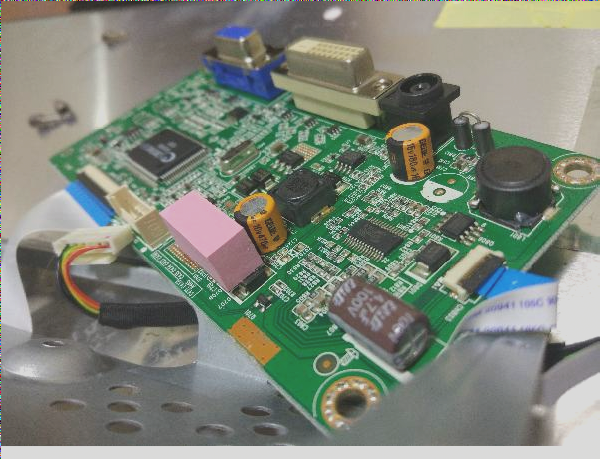PCBA Patch Processing Quality Control
The production and processing of PCBA involves various crucial steps, such as PCB board manufacturing, electronic component procurement and inspection, SMT chip processing, plug-in processing, program burning, testing, and aging. Quality control in PCBA patch processing is essential to ensure electronic processing quality.
Main Aspects of Quality Control in PCBA Processing:
- Pre-production meeting after receiving a PCBA processing order
- Analysis of PCBGerber files and DFM report submission
- Rigorous control of procurement channels for electronic components
- Establishment of a dedicated PCBA incoming material inspection station
Purchase and Inspection of Electronic Components:
It is crucial to source electronic components from reputable distributors and original manufacturers to avoid risks associated with second-hand or counterfeit materials.

Items to Inspect at the Incoming Material Inspection Station:
- PCB: Temperature test of the reflow oven, fly-line vias, and board surface
- IC: Screen printing, BOM matching, and storage conditions
- Other materials: Screen printing, appearance, and power measurements
- SMT assembly: Solder paste printing, reflow oven temperature control, laser stencils, and process standards
- AOI testing for reducing defects
- Plug-in processing: Mold design for wave soldering
- PCBA board testing: ICT, FCT, burn-in test, temperature and humidity test, drop test
Quality Control Methods in SMT Patch Production:
Managing losses of solder paste, patch glue, and electronic components is crucial. Adherence to strict quality control methods is necessary for product quality.
SMT Patch Production Quality Control Involves:
- Product batch management
- Maintenance of SMT patch production equipment
- Production environment maintenance
Key positions should have clear responsibilities, and staff should undergo thorough training and certification. Adherence to formal management practices and quality control measures is vital in SMT patch production.
Key Considerations for SMT Patch Production
- Environmental requirements for SMT patch production, such as temperature, humidity, noise levels, and cleanliness standards.
- Implementation of anti-static systems throughout the production and processing areas, including the electronic component storage.
- Establishment of entry and exit protocols, equipment procedures, and operational disciplines for the SMT patch production line.
- Organized production site management with proper identification; systematic classification, storage, and neat stacking of raw materials and finished products in the warehouse, along with accurate inventory tracking.
- Promotion of civilized manufacturing practices, emphasizing cleanliness and debris prevention; adherence to orderly and correct operational conduct. On-site management should include structured systems, regular inspections, evaluations, and documentation. Daily implementation of “6S” activities (organization, rectification, cleaning, standardization, quality, and sustainability) is essential.

